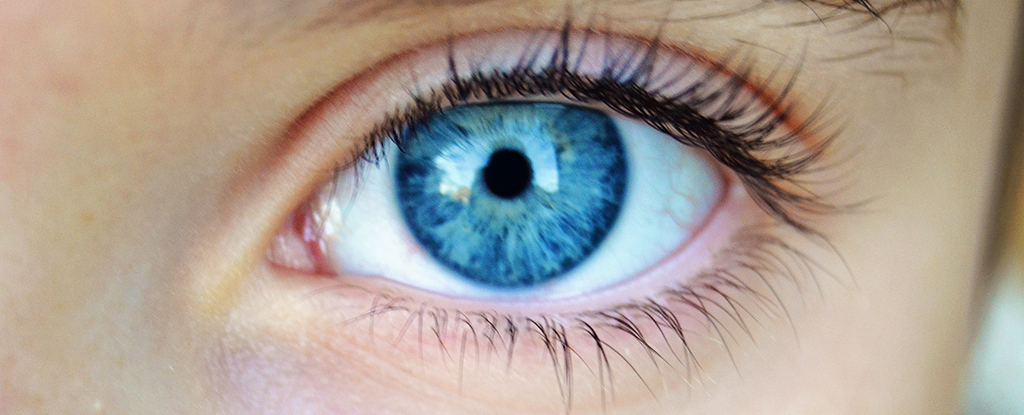
Changes in eye movements may reveal critical information about memory and cognitive health, according to a recent study conducted by researchers from Canada and the West Indies. The findings suggest that variations in how individuals visually explore their environment could serve as indicators of declining memory and cognitive function.
The researchers examined eye-tracking patterns in both young and elderly participants, some of whom had been diagnosed with memory-related conditions. By contrasting the viewing behaviors of these groups, they aimed to uncover links between eye movements, age, and cognitive health. The study, published in the Proceedings of the National Academy of Sciences (PNAS), highlights how distinct viewing patterns may correlate with memory performance.
In their experiments, participants viewed a series of images, which varied in number and repetition. This approach allowed researchers to observe initial reactions to the images and adaptations upon seeing them again. They discovered that individuals with greater memory impairment exhibited similar viewing patterns across different images, indicating less variability in their eye movements. As the researchers noted, “memory decline is associated with an underlying reduction in explorative, adaptive, and differentiated visual sampling of the environment.”
The results revealed that participants with lower memory function displayed more uniform gaze patterns, with decreased dispersion in their eye movements. This suggests that their eyes focused on the same areas rather than exploring the full context of what they were observing. “Our results show that, even without explicit task demands, gaze patterns varied systematically by group,” the researchers emphasized.
While the study does not delve into the underlying mechanisms behind these findings, it references existing research that connects eye movement to memory function and the role of the hippocampus, a brain region vital for memory processing. It is plausible that deteriorating functions within this area could influence both gaze behavior and memory recall capabilities.
The implications of this research extend beyond academic interest. The study suggests that changes in eye movements might serve as a simple and cost-effective method for early detection of memory loss and cognitive decline, potentially eliminating the need for complex brain scans and extensive questionnaires. This could be particularly beneficial for identifying early signs of dementia.
Previous studies have indicated that certain characteristics of the eyes can predict dementia, including Alzheimer’s disease. However, this latest research uniquely focuses on the relationship between eye movements and cognitive health, marking a significant advancement in the field. The study’s authors highlight that “no study has examined how these changes unfold along a continuum of brain health and memory function,” making their findings particularly noteworthy.
As the scientific community continues to explore the intersection of eye movement and cognitive health, this research provides compelling evidence that natural gaze patterns may serve as sensitive markers for cognitive decline. The ongoing investigation into these eye movement patterns could pave the way for innovative approaches to early diagnosis and intervention in memory-related conditions.







